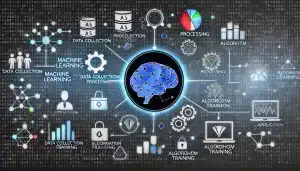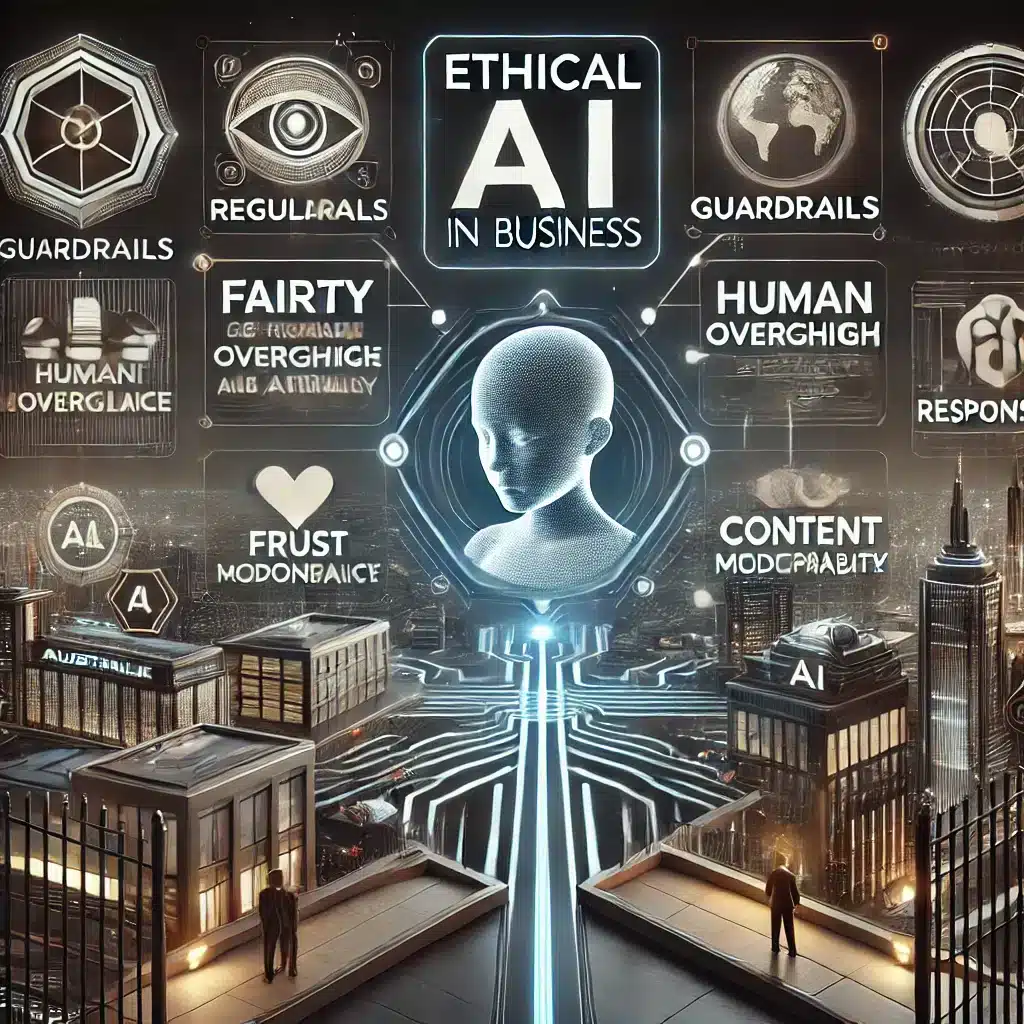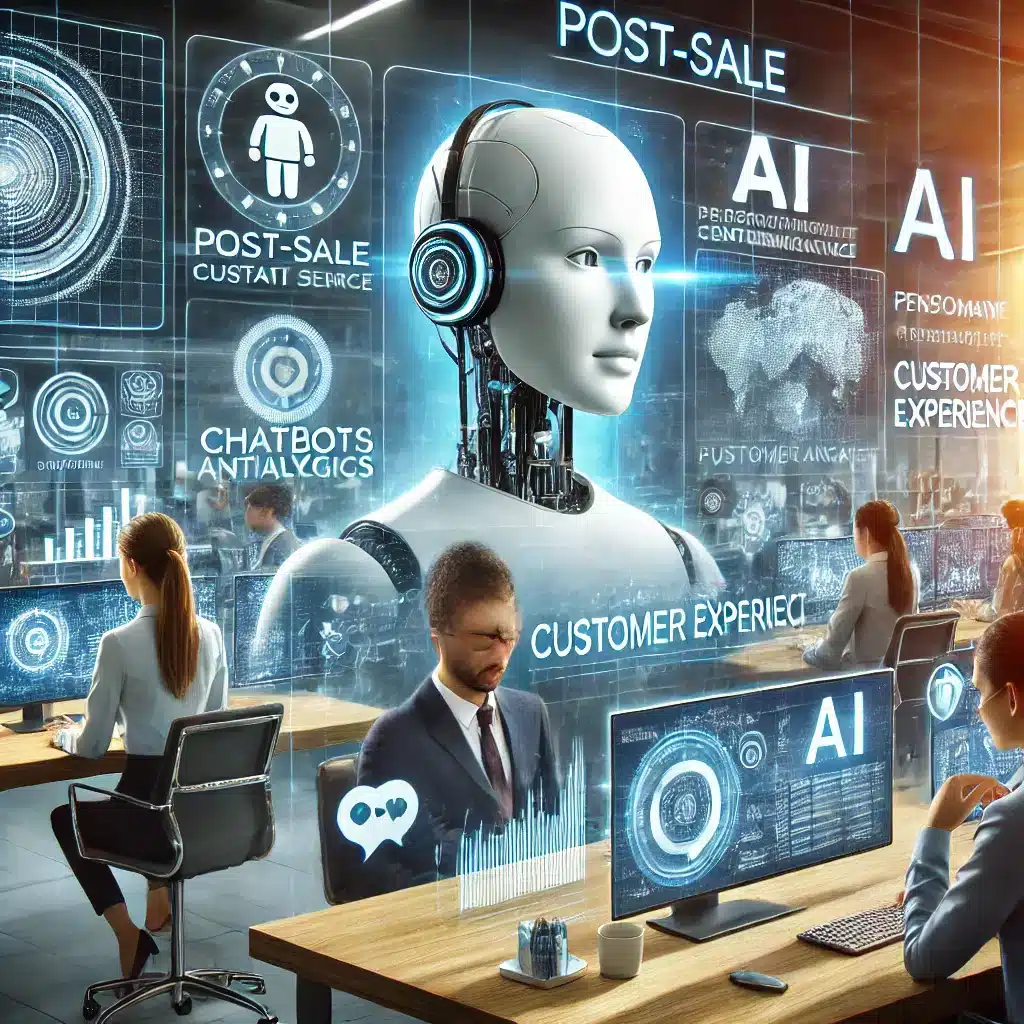Machine learning is a fascinating and rapidly evolving field that plays a pivotal role in the advancement of artificial intelligence (AI). This comprehensive guide aims to explore the fundamentals of machine learning, its types, applications, and tools. By the end of this article, you’ll have a solid understanding of how machine learning works and how it is transforming various industries.
What is Machine Learning and How Does it Work?
Definitions and Concepts of Machine Learning
Machine learning is a subfield of artificial intelligence that focuses on the development of algorithms that enable computers to learn from and make predictions or decisions based on data. The goal of machine learning is to create models that can autonomously improve their performance over time without being explicitly programmed. This learning system leverages statistical and computational methods to analyze vast amounts of data, detect patterns, and generate insights.
How Does Machine Learning Work?
Machine learning works by training algorithms on large datasets. These datasets are composed of input data and the corresponding output or labels. The learning process involves the machine learning algorithm identifying patterns and relationships within the data. Supervised learning algorithms are designed to learn from labeled datasets, whereas unsupervised learning algorithms analyze and group data without prior labels. Reinforcement learning, another type of machine learning, involves training algorithms to make sequences of decisions by rewarding desirable behaviors and penalizing undesirable ones.
Basic Components of a Machine Learning System
A typical machine learning system comprises several key components: the dataset, the learning algorithm, the model, and the evaluation metrics. The dataset serves as the foundation for training and testing the machine learning model. The learning algorithm processes the dataset to build the model, which is then used to make predictions or decisions. Evaluation metrics are used to assess the performance and accuracy of the model, guiding further refinements and adjustments.
What are the Different Types of Machine Learning?
What is Supervised Learning?
Supervised learning is a type of machine learning where the algorithm is trained on a labeled dataset. Each input data point is paired with the correct output, allowing the machine learning model to learn the mapping between inputs and outputs. Supervised learning algorithms, such as support vector machines and decision trees, are widely used in applications like image recognition, fraud detection, and medical diagnostics.
What is Unsupervised Learning?
Unsupervised learning involves training algorithms on datasets that lack labeled outputs. The primary goal is to identify hidden patterns or structures within the data. Unsupervised learning algorithms, like clustering and association algorithms, are used for tasks such as customer segmentation, anomaly detection, and data compression. Unlike supervised learning, unsupervised learning offers insights without predefined categories.
What is Reinforcement Learning?
Reinforcement learning is a machine learning approach where an agent learns to make decisions by interacting with its environment. The algorithm receives rewards or penalties based on the actions it takes, reinforcing good behaviors and discouraging poor ones. Reinforcement learning is often used in autonomous systems, robotics, and game playing, where making a sequence of decisions is crucial for achieving specific goals.
What are the Applications of Machine Learning?
Real-World Applications of Machine Learning
Machine learning applications are ubiquitous in everyday life. From personalized recommendations on streaming services to voice recognition in virtual assistants, machine learning technology enhances our digital experiences. In healthcare, machine learning systems analyze medical images and patient data to aid in diagnosis and treatment planning. In finance, algorithms predict market trends and detect fraudulent activities.
Innovative Uses of Machine Learning in Various Industries
Various industries are harnessing the power of machine learning to drive innovation. In agriculture, machine learning is used for precision farming, optimizing crop yields, and monitoring soil health. In the automotive industry, deep learning algorithms power self-driving cars, improving safety and efficiency. Retailers leverage machine learning to analyze consumer behavior, optimize inventory management, and personalize marketing strategies.
Future Trends in Machine Learning Applications
The future of machine learning applications is poised for unprecedented growth. Emerging trends include the integration of machine learning with the Internet of Things (IoT) to enable smart environments and connected devices. Advances in automated machine learning (AutoML) are simplifying the process of building and deploying machine learning models. Additionally, ethical and explainable AI is gaining importance, ensuring transparency and accountability in machine learning use cases.
How to Choose the Right Machine Learning Algorithm?
Types of Machine Learning Algorithms
Choosing the right machine learning algorithm depends on the problem domain and the nature of the data. Algorithms can be categorized into supervised, unsupervised, and reinforcement learning. Supervised learning algorithms like linear regression, support vector machines, and neural networks are suited for prediction and classification tasks. Unsupervised learning algorithms such as k-means clustering and principal component analysis excel in finding hidden structures within data. Reinforcement learning algorithms like Q-learning are ideal for decision-making scenarios.
Criteria for Selecting Machine Learning Algorithms
When selecting a machine learning algorithm, several factors should be considered. The complexity and size of the dataset, the problem type, and the desired accuracy are crucial criteria. Additionally, computational efficiency, interpretability, and scalability of the algorithm play significant roles. Practical considerations like the availability of labeled data and the feasibility of model training also influence the choice of algorithm.
Commonly Used Machine Learning Algorithms
Several machine learning algorithms have gained prominence due to their effectiveness and versatility. Linear regression and logistic regression are foundational for regression and classification tasks, respectively. Decision trees and random forests provide robust solutions for various applications. Support vector machines excel in high-dimensional spaces, while neural networks and deep learning algorithms are celebrated for their ability to handle complex, nonlinear relationships.
What Tools and Methods are Used in Machine Learning?
Popular Machine Learning Tools and Libraries
The machine learning landscape is enriched with tools and libraries that facilitate model development and deployment. Popular libraries include TensorFlow, PyTorch, and scikit-learn, which provide comprehensive frameworks for implementing machine learning projects. These tools support a variety of machine learning tasks, from data preprocessing to model training and evaluation, streamlining the workflow for researchers and practitioners.
Machine Learning Methods and Techniques
Machine learning methods encompass a wide range of techniques, each suited for specific tasks and data types. Supervised learning methods include classification and regression, while unsupervised methods cover clustering and dimensionality reduction. Semi-supervised learning combines labeled and unlabeled data, enhancing model performance. Additionally, deep learning techniques leverage neural networks with multiple layers to extract high-level features from raw data.
Building a Machine Learning Model: Step-by-Step Guide
Building a machine learning model involves several systematic steps. First, data collection and preprocessing ensure high-quality input data. Feature selection and extraction identify relevant variables. The next step is choosing and training the appropriate machine learning algorithm. Model evaluation metrics such as accuracy, precision, and recall measure the performance. Finally, model deployment and monitoring ensure the model’s effectiveness in real-world scenarios, allowing for continuous improvement through feedback loops.





